-
K10: In the Beginning
To Order
- by Ishigure Ikuo 9-dan
| 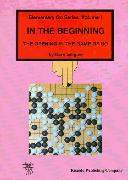 |
Covers the principles and methods of opening play starting
with the very first moves of the game.
This is the first book on the opening that every beginner should study.
Independent review: bengozen.com
|
-
K11: 38 BASIC JOSEKI
To Order
-
by Kosugi Kiyoshi and James Davies
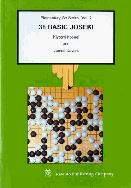 |
38 Basic Josekiis the first joseki book that every kyu player
should read. It gives an overall view of this vast field, after which
you can profitably begin your study of the more advanced books
on joseki, such as Takao Shinji's two-volume 21st Century Dictionary of Basic Joseki
and the three-volume series Get Strong at Joseki.
Independent review: bengozen.com
|
-
K12: Tesuji
To Order
-
by James Davies
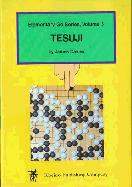 |
Tesujis are the tactics of infighting, and here are over 300 examples
and problems aimed at training the reader to spot the right move in
any situation.
Independent review: bengozen.com
|
|
-
K13: Life and Death
To Order
-
by James Davies
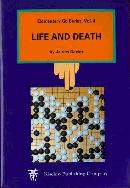 |
The basics of life and death. Over 200 examples and problems,
teaching the beginner how to kill the opponent's stones and
make his own live.
Independent review: bengozen.com
|
-
K14: Attack and Defense
To Order
-
by Ishida Akira 9-dan and James Davies
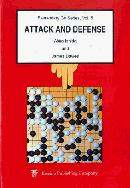 |
The authors lay down a few clear principles, then go through
a wealth of examples and problems from professional play, giving
you a thorough grasp of how to choose strategy, how to execute
dual-purpose attacks, how to force your opponent into submission
or cooperation, how to invade and reduce territorial frameworks,
and when to fight a ko.
Independent review: bengozen.com
|
-
K15: The Endgame
To Order
-
by Ogawa Tomoko 4-dan and James Davies
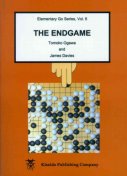 |
The basic skills and strategies of the endgame, using
problems, examples, explanatory sections, and actual
games.
Independent review: bengozen.com
|
-
K16: Handicap Go
To Order
-
by Nagahara Yoshiaki and Richard Bozulich
 |
|
In the opening stages of the game, territory and influence are equally important.
However, if you concentrate only on making territory and ignore influence, the chances
are you will find yourself at a disadvantage later on in the game.
In handicap games, the handicap stones are high on the star points and are not efficient
in securing territory. It is therefore natural and strategically correct for Black to emphasize
influence. However, kyu-level players lack the ability and the confidence to play an
influence-oriented game; instead of taking chances on positions in which the territorial
boundaries are not clearly defined and are often wide open, they prefer to build iron-clad
territories in the corners and on the sides. This is strategically unsound.
Kyu-level players also tend to play defensively and are not inclined to attack the stronger player.
The result is that their opponent steadily starts gaining an advantage in both territory and
influence after the first few moves of the game.
The correct strategy for Black in handicap games is to place priority on building influence
and to use this influence to relentlessly attack. This way of playing might seem to be
unreasonable against a strong opponent, but it will actually make your handicap games
less complicated and your strategic goals more clear. It also leaves your opponent with
fewer options in his responses.
It is the aim of this book to teach the principles and techniques that you must know to play
this kind of game.
The first chapter lays down 20 elementary principles of handicap go, showing examples from
actual games and josekis.
The second chapter present a 'sure-win strategy' that Black can use in his handicap games
to increase his chances of winning in a five-stone handicap game. The exposition goes on to show
how Black can use this strategy in higher handicap games as well as in handicaps of three and
two stones.
The third chapter discusses handicap go from White perspective. It shows various strategies
that White can use when giving handicaps. It includes basic principles as well as handicap-go josekis,
showing the various ways that Black can go wrong and how to take advantage of these mistakes.
The weaker player who reads this chapter will no doubt pick up useful tips for countering
White's strategies.
The fourth chapter includes four games played by professional against strong players.
As such, they provide examples of good play by both Black and White.
The last chapter presents 38 problems. These problems are meant to expand on the theoretical
discussions contained in the first chapters and to explore variations that were omitted in
those chapters.
Out of print for more than 20 years, this edition has been extensively revised and rewritten.
Many of the examples in the first edition remain, but an equal number of new examples have
been added.
Now available.
Independent review: bengozen.com
If you need more information, Kiseido may be contacted at the following address:
Kiseido
Kagawa 4-8-32
Chigasaki-shi
Kanagawa-ken
Japan 253-0082
Tel +81-467-81-0605
e-mail: kiseido61@yahoo.com
Return to go-book page







